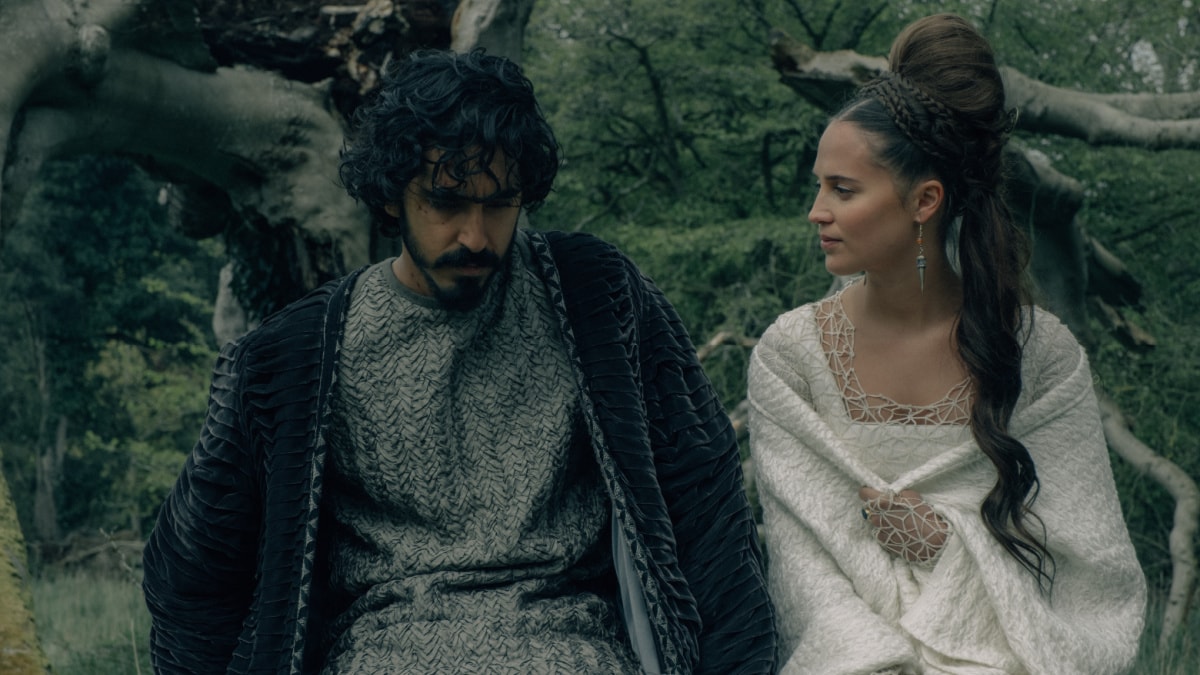In this pompous introduction, which sounds like a stuffier version of Mako’s preface to “Conan the Barbarian,” Gawain , though we are told that Arthur’s legend is a story for another time.
In “The Green Knight,” Gawain’s pilgrimage is illustrated by a series of fussily composed vignettes that hint at mysteries that Gawain and his movie’s creators are only superficially interested in.
In Gawain’s defense: the Green Knight invites Christmas party guests to strike him wherever they like, on the condition that, in a year’s time, he’ll repay the favor at the mysterious Green Chapel.
But before then, Gawain encounters a variety of sketchy supporting characters who, in his limited view, serve to develop his story.
Most of them talk like Tarantino characters who just discovered Chaucer, and they all look like Wes Anderson protagonists as re-imagined by a gifted art student mimic.
So whenever something eventful is about to happen, the camera’s placement always lets you know where to look, like when a curious fox disappears from one end of a cave’s mouth and re-emerges on the other side.
Even the camera’s just-so placement, filtration and movement — particularly during interstitial landscape panoramas –denies viewers the pleasure of getting lost in frames that Gawain either flies through or glides past.
But while it’s often frustrating to watch Gawain wade through a gauntlet of character-building encounters, “The Green Knight” is never more irritating than when it dwells on Gawain’s uncertainty.
There are only a few questions that “The Green Knight” doesn’t have ungenerous answers to, and it shows whenever Lowery and his team can’t bridge the gap between the movie’s images and their emotional content.
